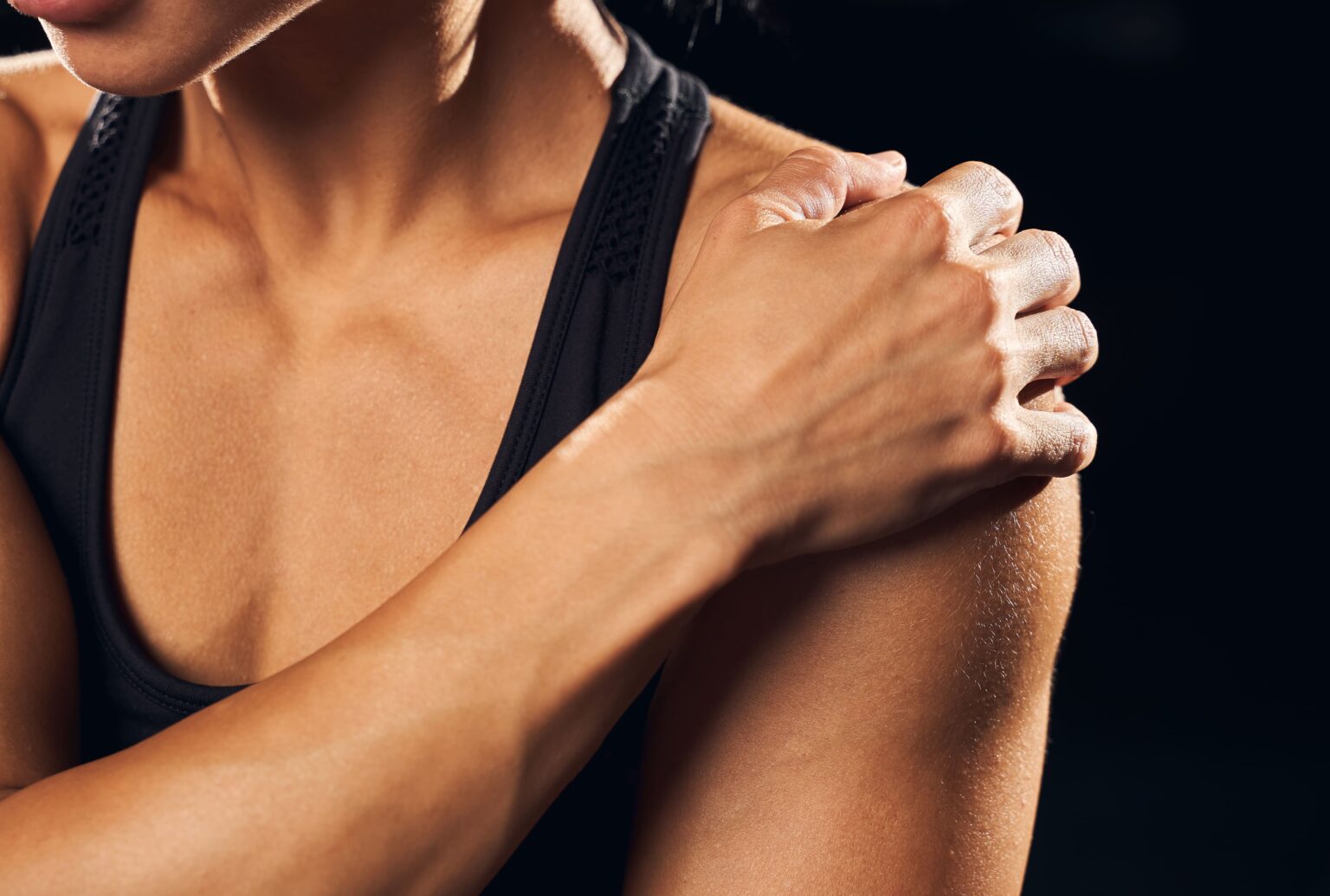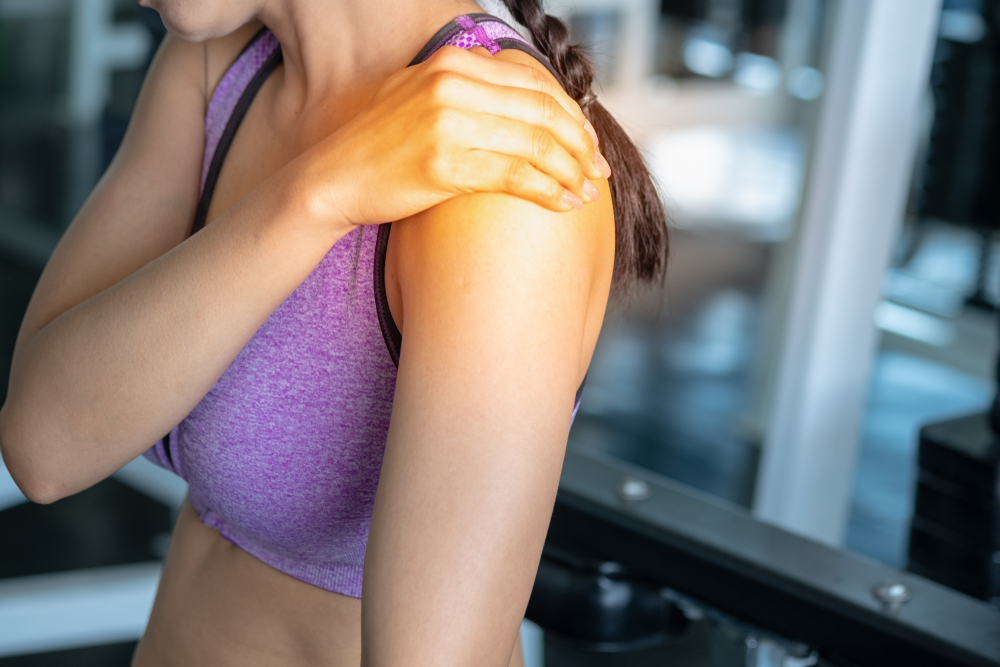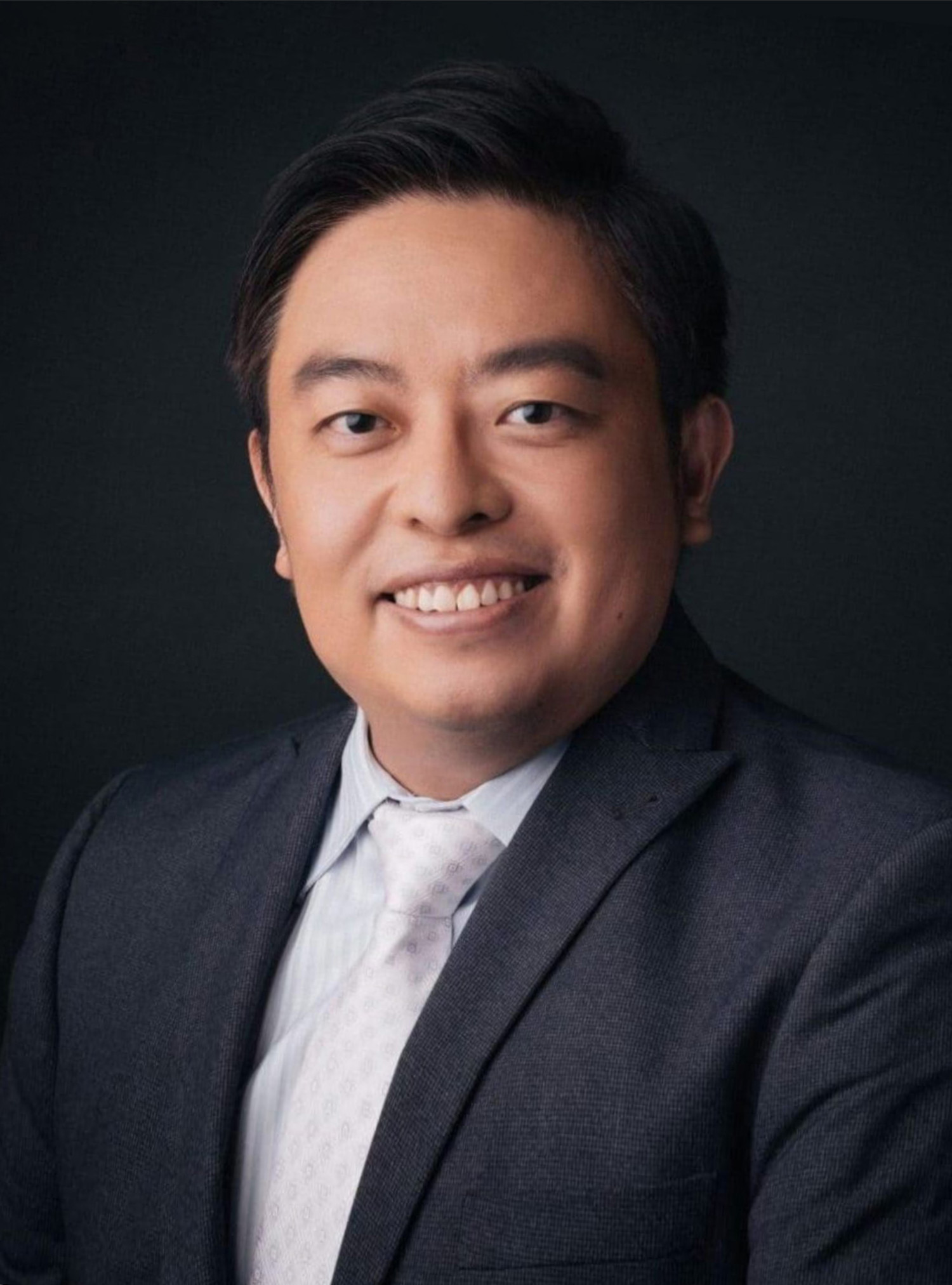Schedule An Appointment With Us
Are Your Symptoms Affecting Your Quality Of Life?
Consult our MOH-accredited orthopaedic specialist for an accurate diagnosis & personalised treatment plan today.

MBBS (S’PORE)
MRCS (Ireland)
MMed (Ortho)
FRCSEd (Ortho)

Rotator cuff tears are injuries that affect the shoulder’s rotator cuff, a crucial group of muscles and tendons responsible for stabilising the joint and facilitating arm movement. These tears are characterised by damage to one or more tendons in the rotator cuff and vary in type and severity.
The types of rotator cuff tears include:
Rotator cuff tears can result from a single traumatic event or develop gradually due to repetitive shoulder movements. They are commonly observed in older individuals as a result of age-related tendon degeneration but can also occur in younger individuals, often due to acute injuries or repetitive use in certain sports or occupational activities.
The causes of rotator cuff tears can be broadly categorised into two groups: acute injuries and degenerative changes. Understanding these causes is essential for both prevention and treatment.
Acute injuries leading to rotator cuff tears typically occur from:
Degeneration of the rotator cuff tendons is a more common cause in older individuals and results from:
The symptoms of rotator cuff tears can vary based on the severity and type of the tear, manifesting in several ways:


Schedule An Appointment With Us
Consult our MOH-accredited orthopaedic specialist for an accurate diagnosis & personalised treatment plan today.
The diagnosis of a rotator cuff tear typically involves a combination of clinical assessment and imaging techniques:
A thorough examination by an orthopaedic surgeon, focusing on the shoulder’s range of motion, strength, and pain points. Specific physical tests may be performed to assess the integrity of the rotator cuff.
Discussing symptoms, activities leading up to the onset of pain, and any prior shoulder injuries, to provide context for the current condition.
For many individuals with rotator cuff tears, non-surgical treatment can effectively relieve pain and improve shoulder function. These treatments include:
Surgical intervention may be considered for rotator cuff tears, particularly when non-surgical treatments have not provided sufficient relief or in cases of severe tears. The main surgical options include:

MBBS (S’pore)
MRCS (Ireland)
MMed (Ortho)
FRCSEd (Ortho)
Dr Kau (许医生) is a Fellowship trained Orthopaedic Surgeon with a subspecialty interest in Hip and Knee surgery and has been in practice for more than 15 years.
He is experienced in trauma and fracture management, sports injuries, and joint replacement surgery.
Preventing rotator cuff tears involves measures that protect and strengthen the shoulder. Key strategies include:
For Singaporeans, Singapore Permanent Residents and Foreigners.
Please speak to our friendly clinic staff about using your insurance plans.

If you have any enquiry, please do get in touch. Leave us a message and we will get back to you shortly.
Non-surgical treatments generally require several weeks to several months for significant improvement. Physical therapy plays a pivotal role in recovery, focusing on exercises that gradually increase in intensity to strengthen the shoulder muscles and restore range of motion.
Surgical repair for more severe tears typically requires a longer recovery time. Initial healing post-surgery takes about 6 to 8 weeks, during which the shoulder may need to be immobilised. However, full recovery, including complete restoration of strength and function, can take up to a year.
The ability to move the arm with a rotator cuff tear varies depending on the tear’s size and location. In cases of partial tears, individuals may still be able to move their arms, albeit often with pain and limited range of motion.
Complete tears may result in significant weakness or even an inability to lift the arm, particularly for movements that involve lifting or rotating the arm away from the body.
Physical therapy is generally recommended for both non-surgical and surgical treatment paths of rotator cuff tears. It plays a critical role in reducing pain, improving shoulder function, and preventing further injury.
In cases where surgery is performed, physical therapy is essential post-operatively to regain shoulder function. Even in minor tears where surgery is not required, physical therapy can help in healing and prevent future injuries by strengthening the surrounding muscles and improving joint stability.
If left untreated, rotator cuff tears can lead to other shoulder problems. Chronic tears can result in progressive muscle weakness and atrophy, reducing shoulder function and range of motion. This can make daily activities increasingly difficult and painful.
Over time, untreated rotator cuff tears can also lead to shoulder joint instability and may increase the risk of developing shoulder arthritis, a condition characterised by joint pain and stiffness. Persistent weakness and imbalance in the shoulder can also lead to altered joint mechanics, which may exacerbate wear and tear on other shoulder structures.